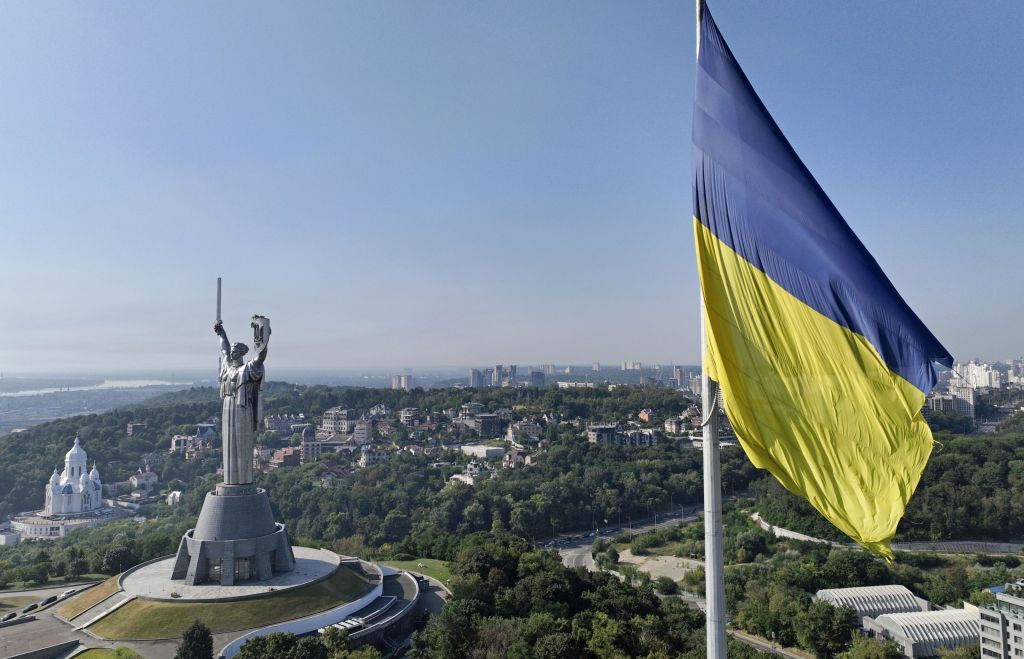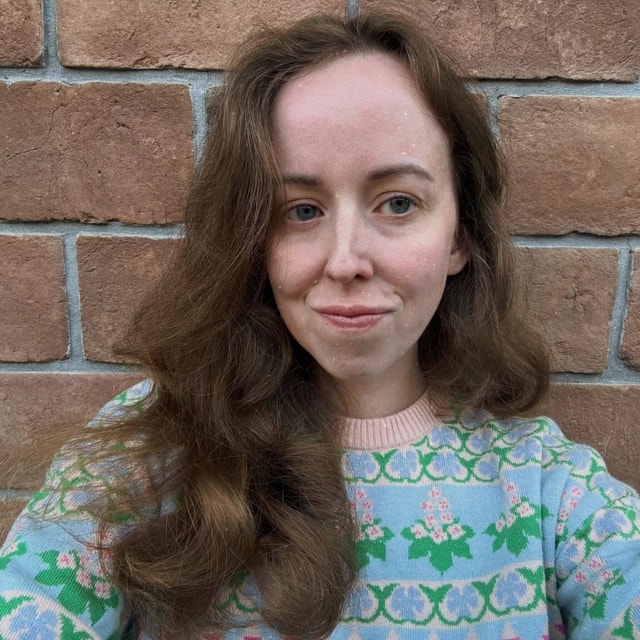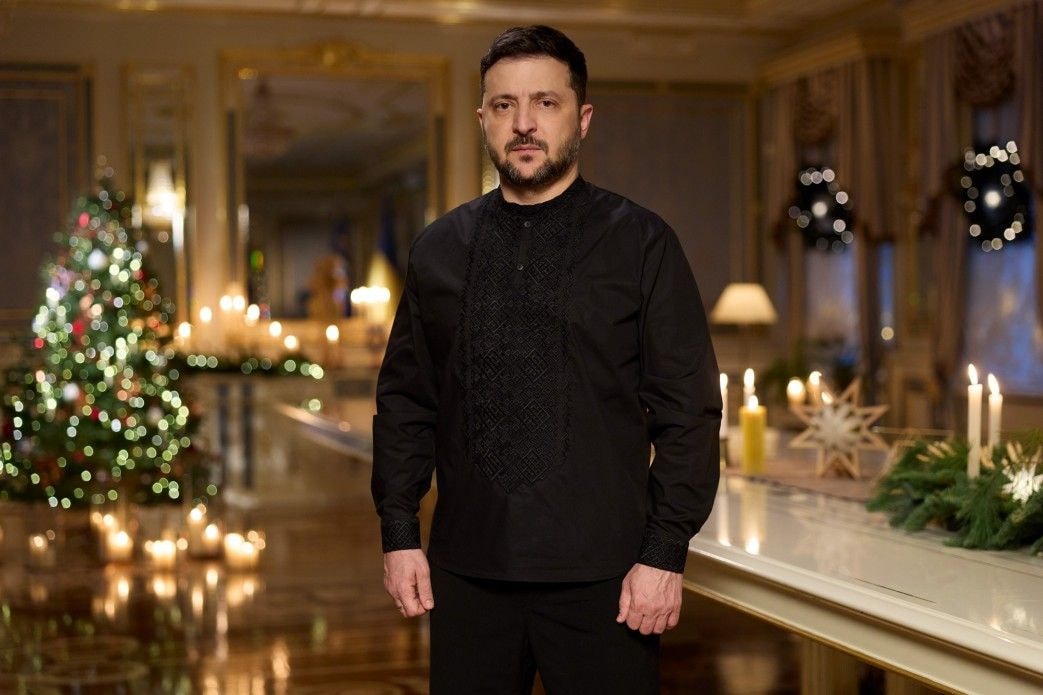10 books to better understand Ukraine on its Independence Day
An attendee browses books by Ukrainian authors and poets during the Meridian Czernowitz literary festival in Zaporizhzhia, Ukraine, on June 29, 2025. (Chris Jones / The Kyiv Independent)
Thirty-four years on, Ukraine’s independence endures — even as Russia’s full-scale war puts its people to the ultimate test. That’s why Independence Day, marked on Aug. 24, is more than just a holiday for Ukrainians — it is a living testament to the courage, determination, and pride of a nation.
To truly understand Ukrainian independence, sometimes you have to look beyond the headlines of military battles into the lived experiences, cultural memory, and artistic expressions that have defined the country’s identity.
The Kyiv Independent has chosen 10 books that offer a window into Ukraine’s past and present, underscoring both the country’s complexities and the resilient spirit of its people. These works show that independence is not just a legal or political status — it is a deeply human experience, a story of community, how it engages with memory, as well as how it clings on to hope.
‘Survival as Victory: Ukrainian Women in the Gulag’ by Oksana Kis
Under Soviet dictator Joseph Stalin’s rule, hundreds of thousands of Ukrainians were among those sent to gulags — forced labor camps — accused of crimes against the Communist state. Many of them perished due to harsh conditions, disease, and physical abuse. In this book, Ukrainian historian Oksana Kis highlights the experiences of Ukrainian women in the gulag, recounting how they fought not only to survive but to keep their cultural identity — which the Soviets tried to erase — alive.
‘The Voices of Babyn Yar’ by Marianna Kiyanovska
Some of the most horrific events of World War II unfolded on the territory of modern-day Ukraine, including the Babyn Yar massacre, where more than 33,000 Jews were killed over the course of a day. In total, an estimated 100,000 people from various ethnic groups were killed at the Babyn Yar ravine in Kyiv during the Nazi occupation. Ukrainian poet Marianna Kiyanovska’s book pays tribute to those who perished, first and foremost, by honoring their memory and ensuring they are never forgotten.
‘The Gates of Europe: A History of Ukraine’ by Serhii Plokhy
In this authoritative history of Ukraine, historian Serhii Plokhy traces the nation’s journey from ancient times to the modern era, revealing how Ukraine and its people were shaped by their position at the crossroads of competing empires. The reader is introduced to pivotal figures from Ukrainian history who, amid political turmoil and upheaval, strove to preserve the country and forge a distinct national identity. Through their successes, failures, and — most importantly — their resilience, Plokhy illuminates the enduring story of a people determined to define themselves on their own terms.
‘The Ukrainian Night: An Intimate History of Revolution’ by Marci Shore
During the 2013–2014 EuroMaidan Revolution, also known as the Revolution of Dignity, Ukrainians took to the streets demanding democratic reform, forcing out pro-Russian President Viktor Yanukovych. In her insightful book, historian Marci Shore brings to life the voices of those who took part in the revolution, capturing their hopes and fears, as well as the pain of the Russian annexation of Crimea and the invasion of Donetsk and Luhansk oblasts that followed soon after their hard-won victory.
‘Our Others: Stories of Ukrainian Diversity’ by Olesya Yaremchuk
Ukraine is seldom imagined as a multi-ethnic nation, yet Olesia Yaremchuk’s book is devoted to uncovering its rich diversity. Drawing on extensive research, Yaremchuk traces how Czechs, Slovaks, Meskhetian Turks, Swedes, Romanians, Hungarians, Roma, Jews, Liptaks, Gagauzes, Germans, Vlachs, Poles, Crimean Tatars, Armenians, and other groups came to settle in Ukraine — often as a consequence of shifting borders and historical upheavals. In doing so, she paints a portrait of a country defined as much by multiculturalism as by its enduring struggles against Russian aggression.
‘Vasyl Stus: Life in Creativity’ by Dmytro Stus
Ukrainian poet Vasyl Stus was a leading figure in the dissident movement known as the Sixtiers, and fiercely advocated for human rights under Soviet rule. His resistance cost him his life in a Russian penal colony in 1985. In this book, his son, Dmytro Stus, reflects on growing up with such a trailblazing father and how he came to fully appreciate his bravery only later in life. At its heart, the book explores the phenomenon of when someone close to you transforms from a man into a national symbol.
‘The Museum of Abandoned Secrets’ by Oksana Zabuzhko
Spanning more than half a century of Ukrainian history, Oksana Zabuzhko’s novel follows three Ukrainian women whose lives are shaped by the shadows of the past. At its center is a journalist whose investigation into long-buried betrayals and disappearances uncovers the legacies of famine, war, and Ukraine’s struggle for independence. With unflinching insight and lyrical precision, the book illuminates how personal memory and national history intertwine, ultimately conveying that the story of a nation is inseparable from the lives of those who endure it.

‘Earth Gods: Writings from Before the War’ by Taras Prokhasko
One of Ukraine's most enduring and distinctive literary voices, this collection includes three of author Taras Prokhasko’s early works, inviting readers into a world of Ukrainian literature defined not solely by Russia’s war. These three literary texts trace Ukraine’s cultural reemergence after its independence in 1991, its efforts to reclaim its place within the greater European context without foreign interference, and its ongoing struggle to preserve the qualities that make it singular, which means not just resisting external pressures but also the slow erosion of time.
‘Stalking the Atomic City: Life Among the Decadent and the Depraved of Chornobyl’ by Markiyan Kamysh
The world came dangerously close to catastrophe in 1986, when Soviet negligence at Chornobyl Nuclear Power Plant brought humanity to the brink of nuclear disaster. In its aftermath, the land around the plant, located in the north of Kyiv Oblast, was left frozen in time. Author Markiyan Kamysh, the son of a Chornobyl liquidator, grew up to become a stalker, one of those who devote their lives to sneaking into this forbidden zone. In this book, he meditates on the haunting ruins of Chornobyl, the lingering traces of vanished life, and the beauty that emerges in the wake of catastrophe.
‘The City’ by Valerian Pidmohylny
First published in 1928, Valerian Pidmohylny’s novel follows a young villager who comes to Kyiv to study and gradually finds himself transformed by the rhythms and contradictions of city life. Set against a society caught between tradition and modernity, the novel explores the subtle shifts within the self. Though Pidmohylny was murdered during the Stalinist purges, his work remains as vital as ever, now recognized by literary scholars as an early precursor to Existentialist thought.
Note from the author:
Hi, this is Kate Tsurkan, thanks for reading this article. There is an ever-increasing amount of books about or related to Ukraine, Russia, and Russia's ongoing war of aggression against Ukraine available to English-language readers, and I hope my recommendations prove useful when it comes to your next trip to the bookstore. If you like reading about this sort of thing, please consider supporting The Kyiv Independent.











